If you’re working with robotics, CNC machines, or industrial automation, you’ve probably heard of absolute shaft encoders. These devices are crucial for precise position tracking, ensuring your machinery operates smoothly and accurately.
In this guide, we’ll break down everything you need to know about absolute-shaft encoders—how they work, their benefits, top product recommendations, and a buying guide to help you choose the right one.
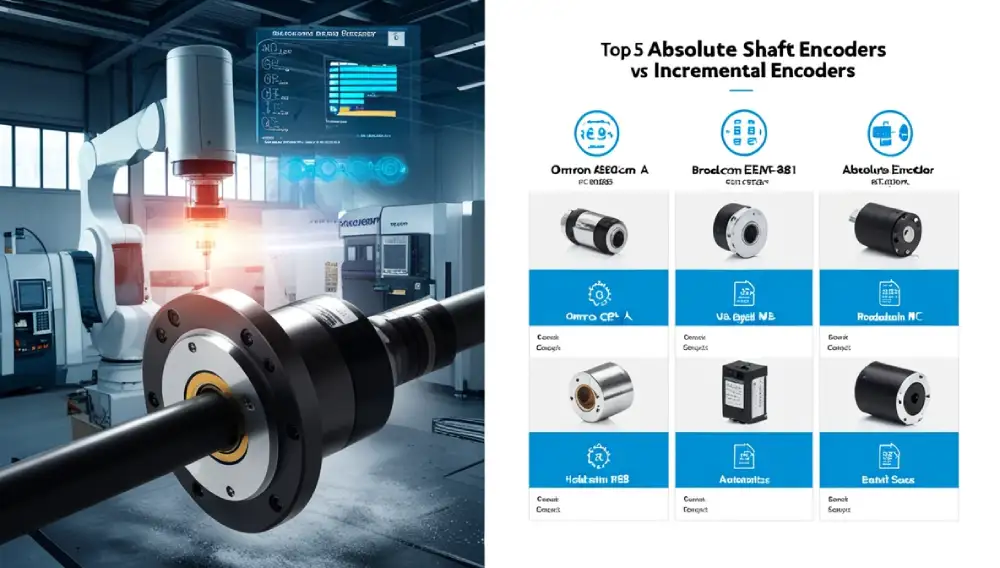
Amazon Newest Arrivals $1287.00
What Is an Absolute Shaft?
An absolute encoder is a sensor that provides a unique digital code for each position of a rotating shaft. Unlike incremental encoders (which only track relative movement), absolute encoders give an exact position, even after power loss.
Key Features of Absolute Shaft
- Provides exact position data on startup
- No need for a reference point (homing)
- High resolution for precision applications
- Works in harsh environments (dust, moisture, vibration)
How Does an Absolute Shaft-Encoder Work?
Absolute encoders use different technologies to determine position:
1. Optical Absolute Encoders
- Uses a glass or plastic disc with patterns
- A light sensor reads the pattern to determine position
- Pros: High accuracy, long lifespan
- Cons: Sensitive to dust and moisture
2. Magnetic Absolute Encoders
- Uses a magnetic disc and sensors
- More resistant to dirt and vibration
- Pros: Durable, works in harsh conditions
- Cons: Slightly lower resolution than optical
3. Capacitive Absolute Encoders
- Uses changes in capacitance to detect position
- Good balance between cost and performance
- Pros: Reliable, mid-range pricing
- Cons: Not as precise as optical
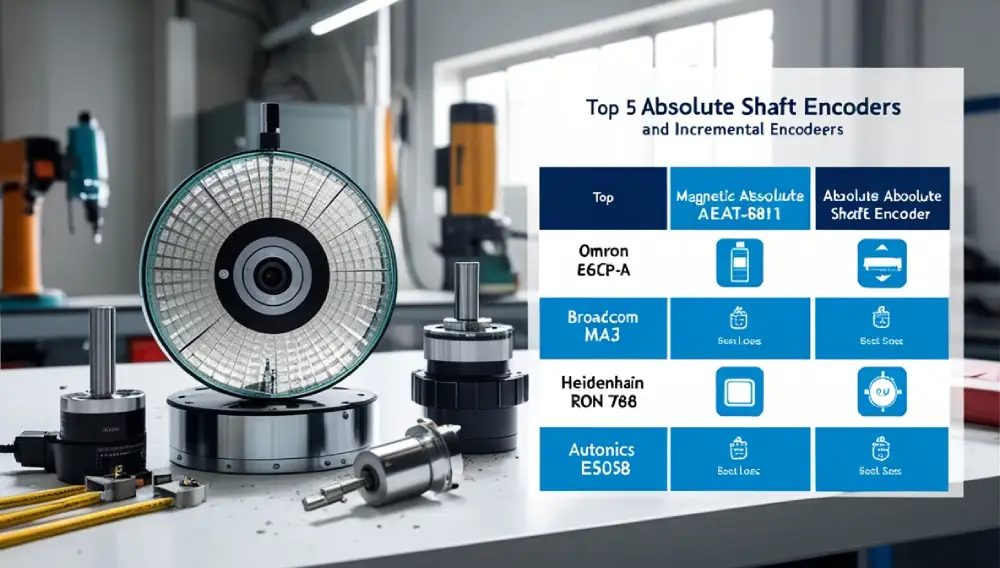
Absolute vs. Incremental Encoders
| Feature | Absolute Encoder | Incremental Encoder |
|---|---|---|
| Position Tracking | Exact position at all times | Only tracks movement |
| Power Loss | Retains position | Requires re-homing |
| Complexity | More complex | Simpler and cheaper |
| Best For | CNC, robotics, high-precision tasks | Speed measurement, basic positioning |
Top 5 Absolute Shaft Encoders (2024 Recommendations)
1. Omron E6CP-A Absolute Encoder
✅ Pros:
- High resolution (12-bit)
- Compact design
- Reliable optical sensing
❌ Cons:
- Not ideal for extreme environments
Best for: Industrial automation, robotics
2. Broadcom AEAT-8811 Magnetic Encoder
✅ Pros:
- Robust against dust & moisture
- 14-bit resolution
- Easy to install
❌ Cons:
- Slightly higher cost
Best for: Harsh environments, automotive
3. US Digital MA3 Miniature Absolute Encoder
✅ Pros:
- Small size, great for tight spaces
- Magnetic sensing (durable)
- Affordable
❌ Cons:
- Lower resolution (10-bit)
Best for: DIY projects, small robotics
4. HEIDENHAIN RON 786 Absolute Encoder
✅ Pros:
- Ultra-high precision (up to 25-bit)
- Industrial-grade durability
- Multiple communication protocols
❌ Cons:
- Expensive
Best for: CNC machines, aerospace
5. Autonics E50S8 Absolute Encoder
✅ Pros:
- IP65 waterproof rating
- Easy wiring setup
- Good mid-range option
❌ Cons:
- Limited resolution compared to premium models
Best for: Factory automation, packaging machines
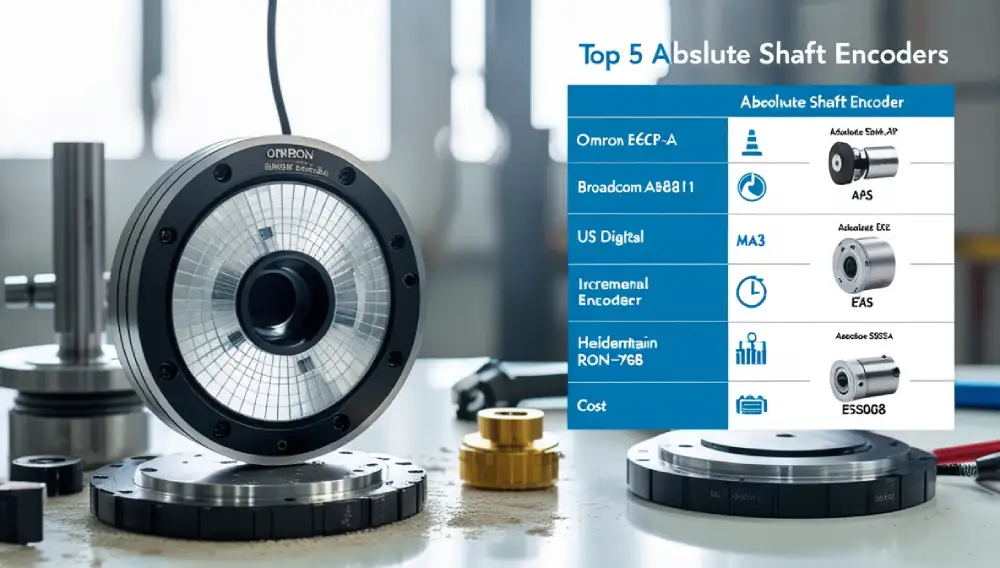
Buying Guide
1. Resolution (Bits)
- Higher bits = more precise positioning
- 10-bit (1,024 positions) – Good for basic tasks
- 16-bit (65,536 positions) – High-end CNC & robotics
2. Environmental Protection (IP Rating)
- IP65: Dustproof & water-resistant
- IP67: Can handle temporary submersion
3. Communication Protocol
- SSI (Serial Synchronous Interface) – Fast, industrial use
- SPI/I2C – Common in DIY & electronics
- Profibus/EtherCAT – For advanced automation
4. Shaft Size & Mounting
- Check shaft diameter (6mm, 10mm, etc.)
- Choose between through-shaft or hollow-shaft designs
5. Budget
- 50−50−200: Hobbyist & small projects
- 200−200−1000: Industrial & high-precision
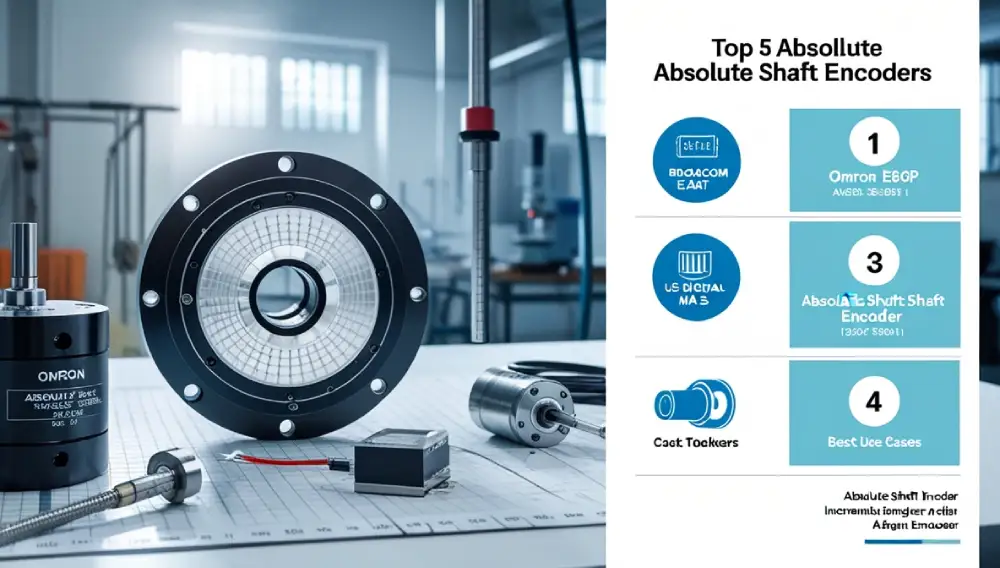
Personal Experience: Why I Switched to Absolute Encoders
I used incremental encoders for years in my robotics projects, but losing position after power cycles was frustrating. Switching to an Omron E6CP-A absolute encoder made a huge difference—no more re-homing, and my robot arm stayed perfectly aligned.
For outdoor drones, I prefer magnetic encoders like the Broadcom AEAT-8811 because they handle dust and rain better than optical ones.
FAQs
Q1: Can I use an absolute encoder instead of an incremental one?
Yes, but it’s more expensive. If you don’t need position retention, an incremental encoder may suffice.
Q2: Do absolute encoders need batteries?
Some models (like battery-backed absolute encoders) do, but most retain position without power.
Q3: What’s the lifespan of an absolute encoder?
- Optical: 50,000+ hours
- Magnetic: 100,000+ hours
Q4: Can I replace an incremental encoder with an absolute one?
Yes, but you may need to update your control system to read absolute position data.
Final Thoughts
Absolute shaft encoders are a game-changer for precision applications. Whether you’re building a CNC machine, a robotic arm, or an automated factory system, choosing the right encoder ensures reliability and accuracy.
More Blog: vecaster iptv encoder
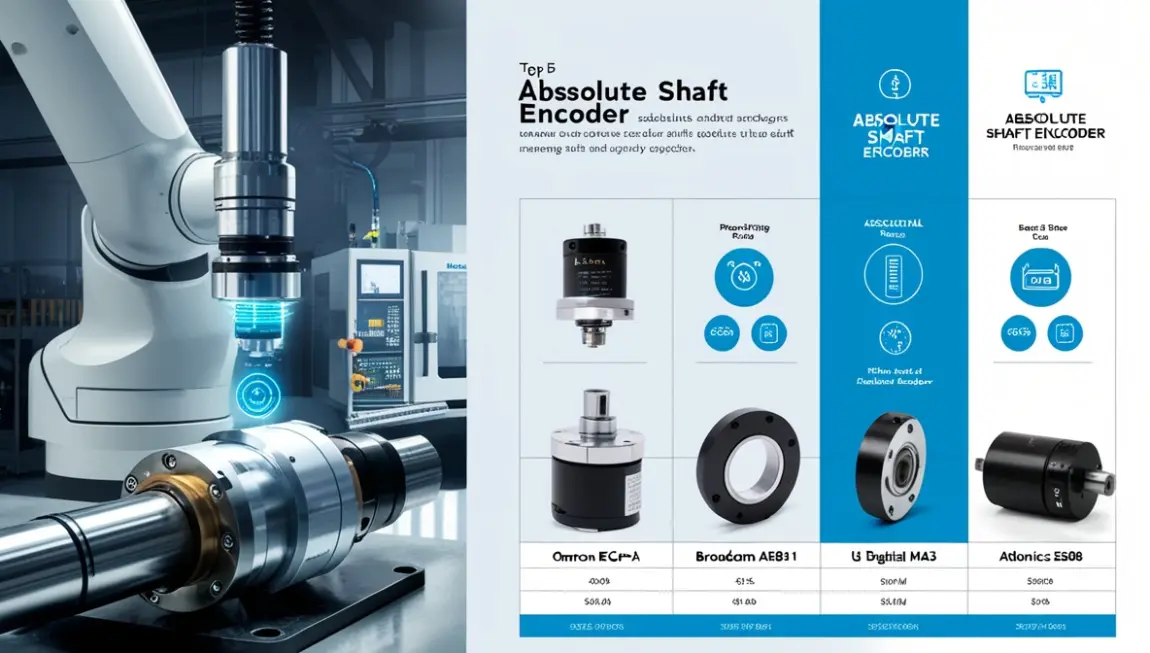

1 thought on “The Best Absolute Shaft Encoder”